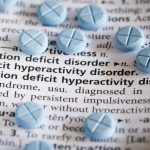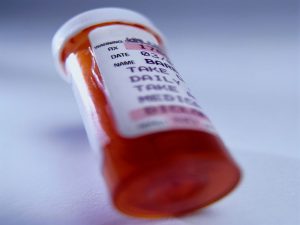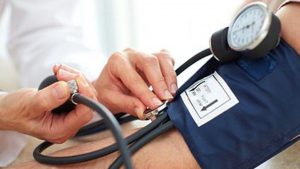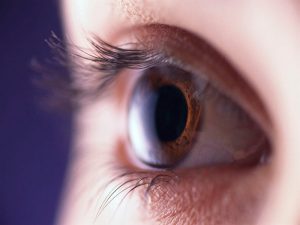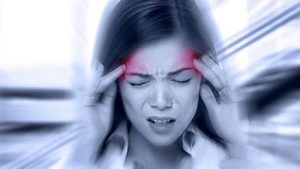
In the middle of winter when sunshine can be hard to come by, it’s tough to get enough vitamin D, but one expert has some advice. “Vitamin D is well known to support bone health, but it also plays a role in the health of your heart as well as your GI tract. It is tougher to get it [in the winter] because a lot of the absorption and how the vitamin gets transformed to a usable substance in our bodies is from the sun,” explained Dr. Mike Ren, an assistant professor in Baylor College of Medicine’s Department of Family and Community Medicine. “You need the sun high in the sky, not when it’s rising or about to set, for your body to effectively absorb sunlight to absorb the vitamin D.” Although vitamin D is found naturally in fatty fishes and seafood, it is not typically found in other foods, so people often don’t get enough vitamin D from their diet, Ren said. So, most folks need to get outside in the sun, even when the temperatures plummet. “The typical adult needs 800 international units of vitamin D per day, which roughly translates to 15 to 30 minutes of good, direct sunlight,” Ren said in a Baylor news release. “There is no need to put on a bathing suit just to get sun. You can… read on > read on >












